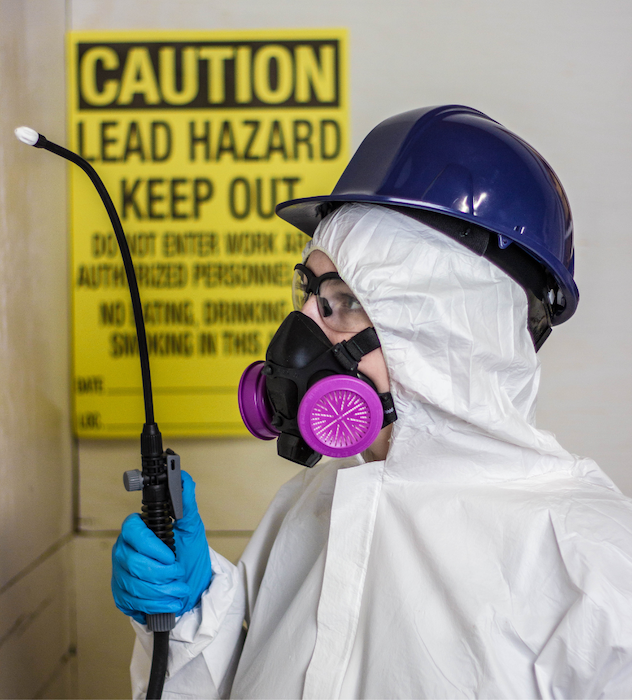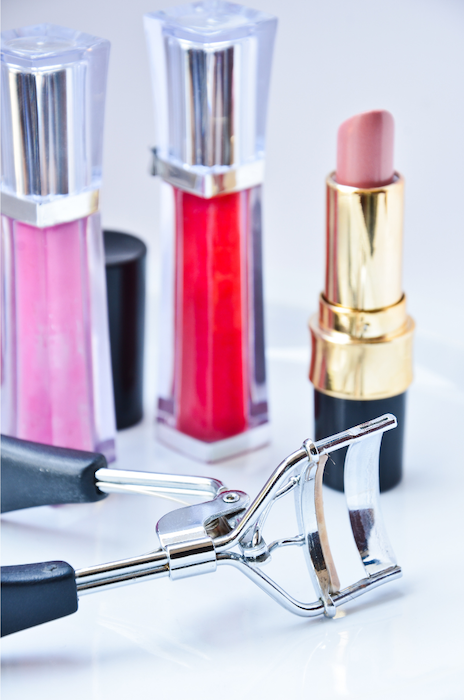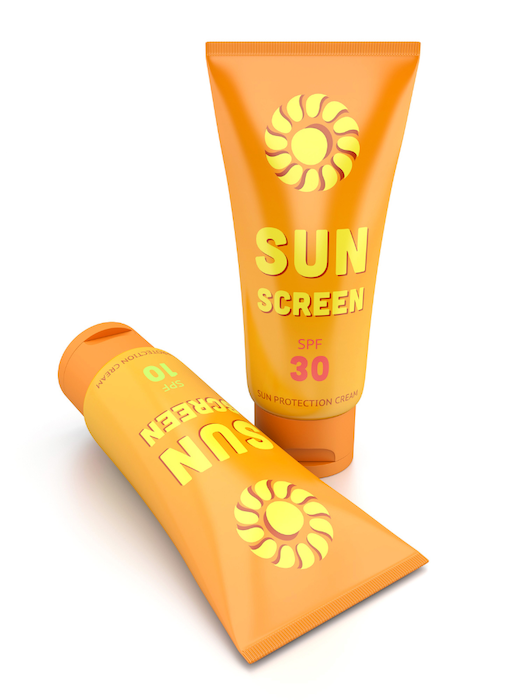The average woman uses over 12 products on her face and body every day. Unfortunately, many of these products contain harmful chemicals that can damage your health. In this article, I’ll go over the 11 most toxic ingredients found in cosmetics and why you should avoid them.
Next time you’re shopping for beauty products, make sure to read the labels carefully and look out for any of the following…
Parabens are a type of preservative used in cosmetics and personal care products. They’re commonly found in shampoos, conditioners, deodorants, and lotions. While they are effective at preventing the growth of bacteria and mold, they have come under fire in recent years due to their potential health risks.
Parabens have been shown to mimic the hormone estrogen, which can disrupt the normal function of the endocrine system. Additionally, they have been linked to an increased risk of breast cancer. As a result, many companies are now choosing to avoid using parabens in their products.
While more research is needed to confirm the exact risks of parabens, it’s clear that they may not be safe for use, and it’s best to err on the side of caution when it comes to our health. Choose paraben-free products whenever possible, and look for natural alternatives that will still keep your products fresh and free from harmful bacteria.
Phthalates are a family of chemicals often used in plastics and personal care products. While they can provide some desirable properties, such as increased flexibility and durability, they also come with some significant health risks.
Studies have linked phthalates to hormone disruption, reproductive problems, birth defects, and even cancer. Because of their pervasive presence in our environment, it’s important to be aware of the risks they pose to our health and take steps to avoid them where possible.
Fortunately, there are a growing number of phthalate-free products available on the market, so we can all make choices that help protect our health and the environment.
Formaldehyde is a chemical compound that is commonly used in a variety of household and industrial products, from glues and adhesives to pressed-wood products and fabrics. It is also used as a preservative in some cosmetics and personal-care products, such as shampoo, lotion, and nail polish.
While formaldehyde can be effective at preserving these products, it can also be harmful to our health.
Exposure to formaldehyde has been linked to a variety of health problems, including cancer, respiratory problems, and skin irritation. As a result, it’s important to be aware of the products that contain formaldehyde and take steps to avoid them.
When shopping for cosmetics and personal-care products, look for those that are labeled “formaldehyde-free.” And if you are using any products that contain formaldehyde, be sure to follow the manufacturer’s instructions for safe use. By taking these precautions, you can help protect yourself from the harmful effects of this chemical compound.

Lead is a heavy metal that is found naturally in the environment. Though it has some uses, it is also toxic to humans and can cause a range of health problems. For this reason, it’s important to avoid exposure to lead, especially for children and pregnant women.
One way to exposure is through cosmetics that contain lead. Though the amount of lead in cosmetics is regulated, there’s a risk that it can still build up in the body over time and cause health problems.
Lead exposure has been linked to developmental delays, learning difficulties, and behavioral problems in children. It can also cause miscarriage, premature birth, and low birth weight in pregnant women. In adults, lead exposure can cause high blood pressure, kidney damage, and fertility problems.
Choose cosmetics that are free of lead and other harmful ingredients so that you can help protect your health and the health of future generations.
Mercury is a naturally occurring element that is found in air, water, and soil. While small amounts of mercury are not harmful, exposure to high levels can cause serious health problems.
Mercury can be absorbed through the skin, inhaled or ingested, and it can build up in the body over time. Mercury poisoning can cause neurological problems, including memory loss, tremors, and paralysis. It can also damage the kidneys and lungs. Pregnant women and young children are particularly vulnerable to the effects of mercury poisoning.
For these reasons, it’s important to avoid using cosmetics that contain mercury. While some countries have banned the use of mercury in cosmetics, unfortunately it is still used in many products sold around the world.
When buying cosmetics, always check the ingredient list to make sure that mercury is not included. By taking this simple step, you can help protect yourself and your family from the harmful effects of this toxic element.
Aluminum is everywhere – from pop cans to aluminum foil to cookware. It’s even in our cosmetics. But despite its prevalence, aluminum is actually bad for our health.
Studies have linked aluminum exposure to Alzheimer’s disease, breast cancer, and developmental delays in children.
So why is it still so prevalent in our lives? One reason is that aluminum is cheap and easy to produce. However, the health risks simply outweigh the benefits. That’s why we should avoid using products with aluminum, especially those that come into contact with our skin. Although it may be convenient, it’s simply not worth the risk.

Paraffin is a type of petroleum product, and it’s often used as a base for cosmetics like lotion and lip balm. However, there are some potential risks associated with using products that contain paraffin.
When applied to the skin, paraffin can block pores and prevent the skin from breathing. In addition, paraffin is a known carcinogen, and it has been linked to developmental problems in fetuses and young children.
For these reasons, it’s best to avoid products that contain paraffin. Instead, opt for cosmetics that use more natural ingredients. Your skin will thank you for it!
Talc is a naturally occurring mineral that is often used in cosmetic products such as powder, blush, and eyeshadow. While it may provide a smooth, matte finish, talc can also be harmful to our health.
When inhaled, talc particles can damage the lungs and cause respiratory problems. In addition, talc has been linked to ovarian cancer and other serious health conditions.
Thankfully, there are many safe and healthy talc-free alternatives available, so there is no need to take risks with our health. By making smart choices about the products we use, we can help protect ourselves and our families from harm.
Toluene is a colorless, flammable liquid that is derived from petroleum. It has a wide range of uses, from being an ingredient in paint thinners to serving as a fuel for race cars. Toluene is also found in a variety of cosmetics, including nail polish, hair dyes, and perfumes. But it can actually be quite harmful to our health.
Studies have shown that exposure to toluene can lead to respiratory problems, skin irritation, and even nervous system damage. In addition, toluene is classified as a carcinogen by the International Agency for Research on Cancer. As such, it’s best to avoid products that contain toluene, and instead choose cosmetics that are safe for our health.
There’s a good chance you’ve heard of triclosan. It’s an antimicrobial chemical that’s used in all sorts of products, from soaps and toothpastes to cosmetics and even some furniture. And while it may sound like a good idea to use a product that contains an antimicrobial chemical, there’s actually growing evidence that triclosan is bad for our health.
Research has shown that triclosan can disrupt hormones, harm the immune system, and increase the risk of antibiotic resistance. And because it’s so widely used, we’re being exposed to triclosan on a daily basis.
So what can we do to avoid it? Well, first of all, we can check the labels of the products we use and make sure they don’t contain triclosan. And second, we can support companies that are making an effort to avoid using this harmful chemical in their products.

Oxybenzone is a common ingredient in sunscreen and other cosmetics. Unlike ingredients in some sunscreens that reflect UV light, oxybenzone absorbs the sun’s rays. This is why it’s used in products that are meant to protect our skin from the sun.
However, oxybenzone is also a potential hormone disruptor. That means it can interfere with the way our bodies produce and regulate hormones. Oxybenzone has been linked to endometriosis in women, lower sperm count in men, and early puberty in girls. In addition, oxybenzone is considered a possible carcinogen. It’s important to note that the evidence for these health effects is still preliminary. But given the potential risks involved, it’s best to avoid products that contain oxybenzone.
There are plenty of safe and effective sunscreens on the market that don’t use this ingredient. So why take the chance? Protect your health by choosing cosmetics wisely!
These are just a few of the most toxic ingredients found in cosmetics. Remember, when it comes to your beauty routine, less is more. Choose products that contain fewer ingredients and avoid those that contain any of the ingredients on this list. Your skin will thank you for it!
I don’t share this information with you to scare you, but so you can be aware of what’s out there. If you use a product with one of these ingredients occasionally and sparingly, chances are your health won’t be negatively affected. But if you’re using a product everyday, you don’t want to be giving yourself constant exposure.
But here’s the truth…
Whether it’s in our cosmetics, furniture, food, or even the air outside – harmful compounds like these are almost impossible to avoid.
Even some of the ones listed in today’s article are present in items you encounter daily. Sadly, in our modern world, toxins like these are just seen as normal. So, it’s up to you to protect yourself.
Your body has a built-in compound that’s meant to counter chemicals like these and the effects they can cause. It’s why nearly every disease is associated with low levels of it!
But unfortunately, as we age, our body has trouble making it.
If you don’t already…
You should really know about this toxin-fighting compound.